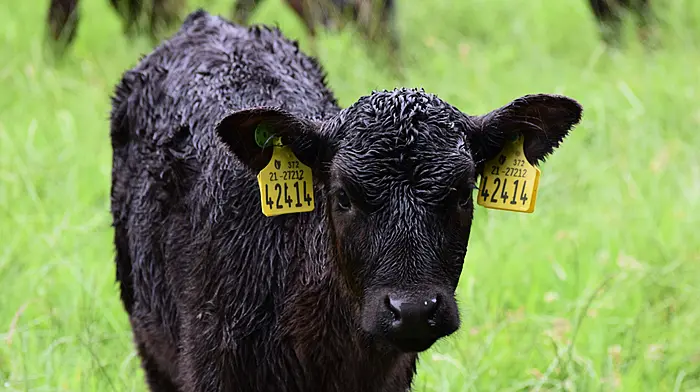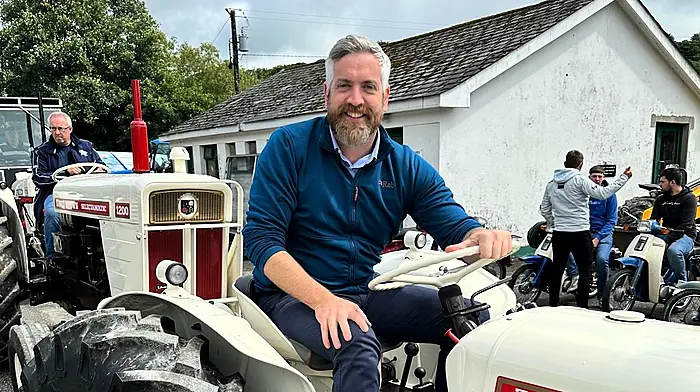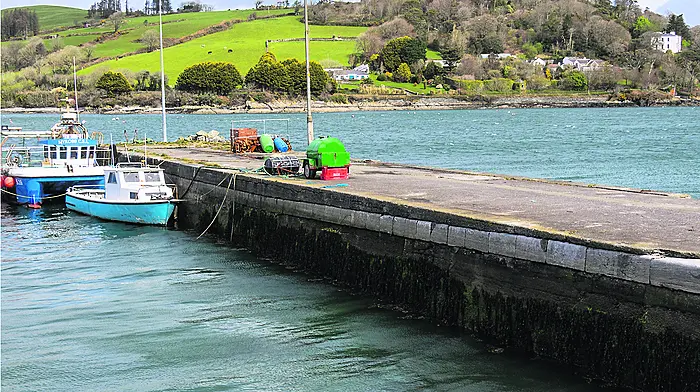WE recently took a look at the Ferguson 20 or ‘The little grey Fergie’ as it is still affectionately known as today.
This was one of the key tractors that brought mechanisation to many farms around the country, the advantages of which were quickly realised. Having been in production for almost 10 years, a successor was required for the ‘20’ and these were big boots to fill.
Manufactured in the Banner Lane assembly plant in Coventry, the FE-35 was launched in 1956, and sported grey and gold paintwork with the ‘Ferguson’ badge on the top of the nose grill. This was changed to the familiar red and grey livery the following year with the addition of the famous triple triangle logo on the nose grill as Massey Harris and Harry Ferguson firms were branded as one global entity.
The MF 35 was marketed as ‘standard’ or ‘deluxe’ models, the latter benefiting from a cushioned seat, dual stage clutch and dash mounted tractormeter. Initially fitted with an underwhelming 4-cylinder diesel engine, this was duly swapped for the outstanding yet frugal, 3 cylinder Perkins A3.152.
Amongst others, three major advances of the MF 35 were the gearbox, clutch and PTO as well as the differential. The tractor was now equipped with a 6F/2R gearbox, split over high and low ratios providing a greater range of speeds for working tasks. The larger lefthand lever selects gears 1-3 as well as reverse, while the shorter righthand lever selects high, low as well as a neutral ‘start’ safety gear. The gear pattern is cast into the gearbox housing which is a useful touch.
On De-Luxe models, a dual clutch disengaged the transmission drive when pressed ‘most’ of the way to the floor, while still maintaining drive to the PTO or hydraulics. When fully pressed drive to both the gearbox and PTO was terminated, all of which was a great advance. Twin lever draft control was introduced-governing both working depth and height of an implement. Furthermore, the addition of a differential lock provided the tractor with increased traction when the going got tough.
The MF 35 was joined by the more refined 35X in late 1962- the ‘X’ adopted from the Perkins A3.152X engine and packed an additional 5 horsepower. Such was the popularity of the MF 35, that almost 390,000 of these tractors were produced during its eight-year production run.
• Contact Peter at psob1987gmail.com or see Instagram @flashphotoscork










